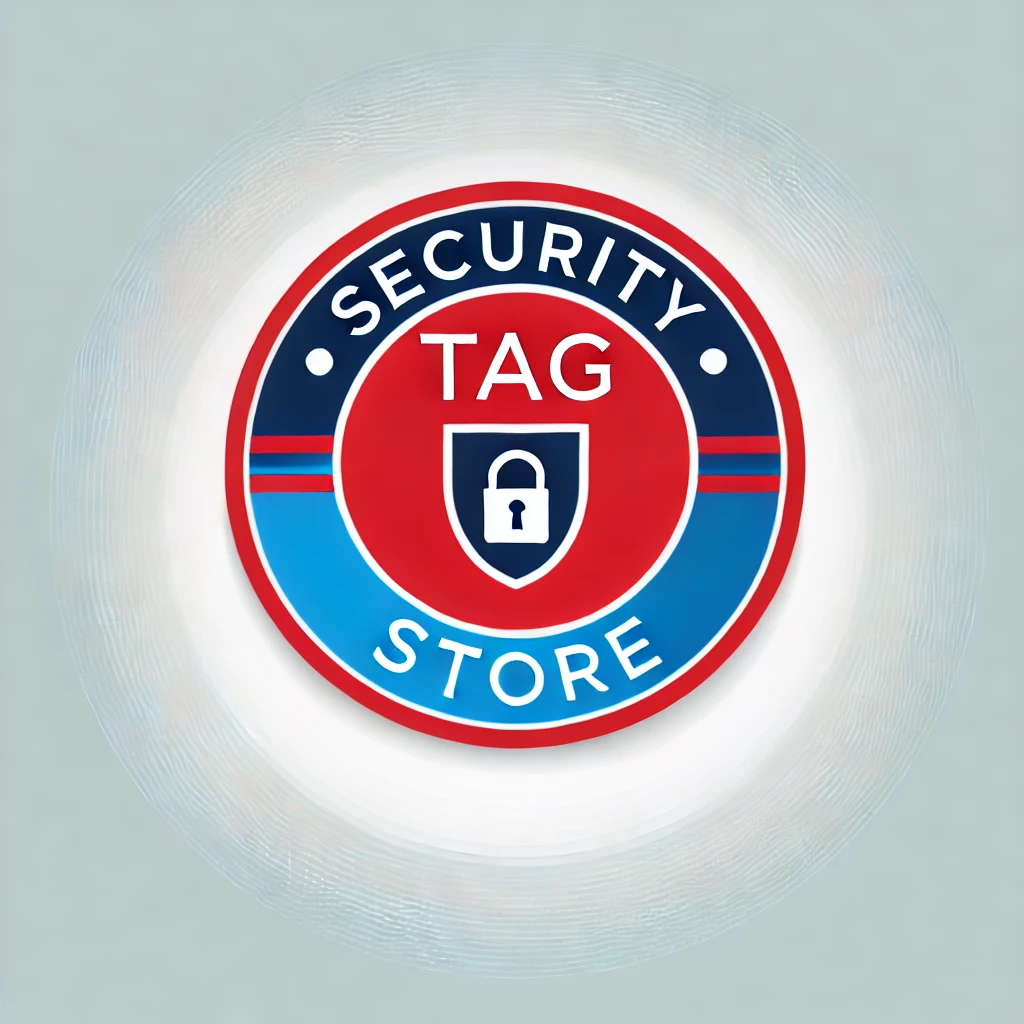How Security Tag Pins Work: Safeguarding Retail Inventory
In the bustling world of retail, protecting merchandise from theft is a constant challenge. One of the most effective tools in a retailer's arsenal is the humble yet ingenious security tag pin. These small devices play a crucial role in loss prevention strategies across the globe. Let's dive into how security tag pins work and why they're so important in modern retail security.

What Are Security Tag Pins?
Security tag pins are small, typically metal components that work in conjunction with larger security tags. They consist of two main parts:
- Pin Head: This sits on one side of the product.
- Pin Shaft: This passes through the item's fabric or material.
The pin shaft locks securely into the magnetic lock of the security tag, creating a tamper-resistant connection that can only be separated using a special detacher tool.
How Do Security Tags and Pins Work Together?
Security tags are the larger, more visible part of the theft prevention system. They usually contain two key components:
- Electronic Article Surveillance (EAS): This technology allows the tag to communicate with security scanners at the store's exit. If a product with an attached tag passes through the scanner, an alarm sounds.
- Ink or Dye Capsule: Some tags contain an ink or dye pack that bursts if the tag is forcibly removed, ruining the product and acting as a deterrent.
The security pin's job is to secure the tag to the item, making it difficult for potential shoplifters to remove the tag without proper tools or without damaging the merchandise.
Types of Security Tag Pins
There are various types of security tag pins designed to meet different retail needs:
- Standard Pins: Most common, used on soft goods like clothing.
- SuperLock or HyperLock Pins: Provide extra security and require stronger detaching mechanisms.
- Conical or Grooved Pins: Designed to fit specific types of tags, with shapes that resist tampering.
- Flat Head Pins: Versatile pins compatible with a wide range of magnetic locking security tags.
Spotlight on Flat Head Pins
Let's take a closer look at a specific example: the Flat Head Pins (PIN1001). These high-quality components showcase the features that make security tag pins so effective:
- Versatile Compatibility: Work with almost all types of magnetic locking security tags, including mini hard tags and stylus tags.
- Durable Material: Crafted from steel for long-lasting performance.
- Flat Head Design: Ensures wide compatibility and secure attachment.
- Bulk Availability: Typically sold in large quantities (e.g., 1,000 per box) for high-volume retail operations.
The Role of EAS Systems
Electronic Article Surveillance (EAS) systems work hand-in-hand with security tags and pins. When a customer purchases an item, a store associate uses a detacher device to safely remove the pin, deactivating the security tag. However, if someone attempts to leave the store with a security tag still attached, the EAS system at the exit detects it and triggers an alarm.
There are three primary types of EAS systems:
- Radio Frequency (RF)
- Acousto-Magnetic (AM)
- Electromagnetic (EM)
Each type uses different technology to detect tags, allowing retailers to choose the best fit for their specific needs and risk levels.
Why Are Security Tag Pins Effective?
Security tag pins are a cornerstone of retail loss prevention for several reasons:
- Deterrence: Their visible presence often discourages casual shoplifters.
- Difficulty of Removal: Without proper tools, removing the pins is extremely challenging.
- Integration with Alarm Systems: They work seamlessly with EAS technology to alert staff of potential theft.
- Cost-Efficiency: Pins and tags are reusable and versatile across various products.
- Product Protection: Attempts at forcible removal can damage goods, further deterring theft.
Proper Handling and Removal
It's crucial to note that only authorized store employees should remove security tags and pins at checkout using a detacher tool. Customers who accidentally leave a store with a tag still attached should return to the store with their receipt for proper removal.
Conclusion
Security tag pins may be small, but they play an outsized role in retail theft prevention. By physically securing tags to products and working in tandem with EAS systems, these ingenious devices help protect businesses from losses and ensure a better shopping experience for honest customers.
As retail evolves, so too will security measures. However, the fundamental principle behind security tag pins – creating a physical deterrent that's difficult to remove without authorization – is likely to remain a key strategy in safeguarding retail inventory for years to come.

